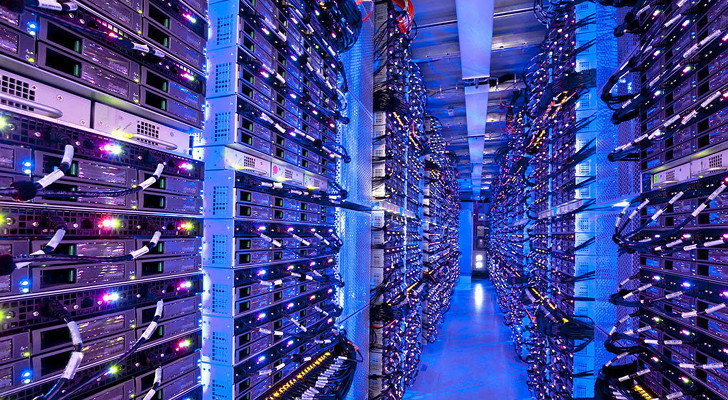Microsoft’s CEO Steve Ballmer recently revealed that the company has over one million servers in its datacenter infrastructure. The statement, made at Microsoft’s 2013 Worldwide Partner Conference, was the first time the company officially acknowledged the extent of its infrastructure.
But what do Microsoft’s 1 million servers mean for the industry? According to Ballmer, the figure ranks Microsoft below Google, but higher than Amazon. It is extremely rare for industry officials to reveal the number of their servers: neither Google nor Amazon have done it in the last 20 years.

It seems however that Ballmer knows what he’s talking about in what regards Google and Amazon servers. It makes sense for Amazon to have close to one million severs, given the scale of the company’s Web Services. And in 2010, Google was already believed to have about 900,000 servers so it comes as no surprise to hear they now have over one million.
To have an idea about what one million servers entail, think of this: the servers would be hosted by 15 to 30 data centers, depending on their size; each server would need about 250 watts of power making for a total power consumption of about 2 TWh per year – enough to power about 177,000 U.S. homes. As for how much this would cost Microsoft – estimates are about $3.5 billion, plus a few hundred million more in staff and power expenses.
The big question is, however, what Microsoft does with its servers. If we compare the company’s servers with those provided by Google or Amazon, it is easy to see that the a million is quite a bit of a stretch. Azure cloud is significantly smaller than Amazon’s Web Services, Bing is way behind Google and Outlook still has 100 million fewer users than Gmail. Even if you add Xbox Live and Office 365 into the equation, you still would not need one million servers.
When Xbox One is launched, the new console will indeed take up a lot of Microsoft’s server space, as it will be backed by an impressive 300,000 servers. But the other services still don’t make up for the remaining 700,000 servers. The answer then would be that the servers are actually for future capacity. And if this is the case, another question arises: what does Microsoft have in store for us? What do you think?
<source = techbeat>














0 comments:
Post a Comment